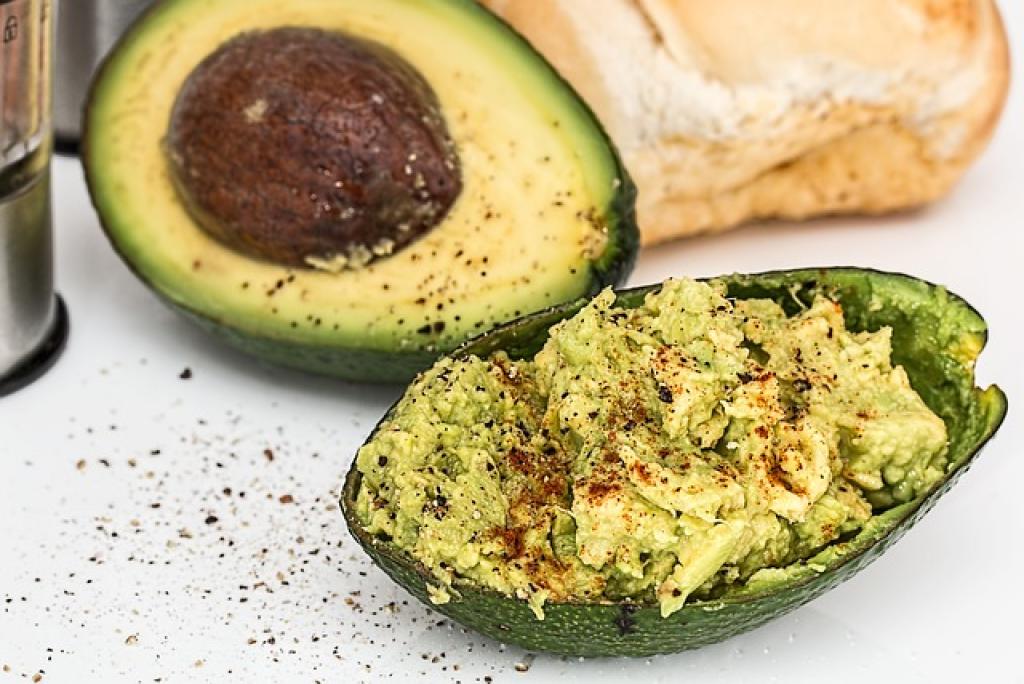Imagine shedding pounds by eating bacon and cheese. Sounds like a dream, right? Welcome to the world of the ketogenic diet, a low-carb, high-fat eating plan that’s captured the imagination of food lovers and fitness enthusiasts alike. But what exactly is this keto craze all about, and why has it become the go-to choice for so many trying to lose weight and boost energy levels?
Delve into the basics of keto, where your body switches its fuel source from carbohydrates to fats, a metabolic state known as ketosis. In this guide, discover how to navigate the do’s and don’ts of this dietary phenomenon, learn the science behind its popularity, and figure out if it’s the right fit for your lifestyle.
Whether you’re a curious beginner or someone pondering a lifestyle change, get ready to uncover the delicious possibilities that await in the realm of ketosis.
Understanding the Basics of the Keto Diet
Embarking on the keto journey begins with the basics: significantly reducing carbohydrates and embracing healthy fats. The typical macronutrient breakdown involves about 70-75% fats, 20-25% protein, and a mere 5-10% carbohydrates. It might sound daunting at first, but soon you’ll find it second nature as your body adapts.
Entering Ketosis
The magic of keto lies in reaching ketosis, a metabolic state where your body transforms into a fat-burning furnace. By restricting carbs, your liver converts fat into ketones, an alternative fuel source for the brain and muscles. This process promises not just weight loss but also increased mental clarity and sustained energy levels.
Foods to Embrace and Avoid
Stock up on keto-friendly staples like avocados, eggs, nuts, and leafy greens. These foods provide essential nutrients while keeping you in ketosis. Conversely, steer clear of high-carb offenders like bread, pasta, and sugary snacks. With time, navigating meals becomes easier, and the cravings subside.
Understanding these basics empowers you to make informed choices, paving the way for a successful and engaging keto experience. Dive in, and who knows? You might just discover a new favorite way to eat.
Benefits of the Keto Diet for Beginners
Starting the keto diet isn’t just about losing weight—it’s a gateway to a healthier lifestyle. One of the most celebrated benefits is the rapid weight loss that many newcomers experience. This happens not only through burning fat but also from your body letting go of excess water weight once carbs are reduced.
Enhanced Mental Clarity
Ever heard of brain fog? Keto dieters often report improved focus and mental clarity. This is because ketones are a more efficient fuel for the brain, which can lead to sharper cognitive function and even boost productivity.
Another attractive perk is steady energy levels throughout the day. Say goodbye to the spikes and crashes from carbohydrate-rich meals. With keto, many people notice sustained energy, which can also lead to better performance during workouts.
In light of this, beginners often find that their appetite is naturally suppressed. The high-fat content keeps hunger at bay, reducing the temptation to snack and overeat. Plus, many find improvements in their skin health, attributing clearer skin to their new way of eating.
Embracing these benefits makes sticking to the keto diet not just achievable, but enjoyable. With each positive change, motivation to continue grows, paving the way for long-term success.
Common Mistakes to Avoid When Starting the Keto Diet
Starting the keto journey can be exciting, but it’s easy to stumble if you’re not careful. One common misstep is not getting enough electrolytes. As your body sheds excess water, essential minerals like sodium, potassium, and magnesium may deplete. Make sure to replenish them with supplements or keto-friendly foods like leafy greens and avocados.
Skipping the Fat
In an attempt to eat healthier, some beginners wrongly skimp on dietary fat. Remember, fat is your main fuel on the keto diet, so embrace it wholeheartedly. Opt for sources like olive oil, coconut oil, and butter to keep your energy levels high and hunger at bay.
Another pitfall is neglecting to track carbohydrate intake meticulously, especially those sneaky carbs hiding in sauces and dressings. A minor oversight can bump you out of ketosis, slowing down your progress.
Additionally, expecting immediate results can lead to discouragement. Weight loss varies, and some experience the "keto flu" when starting. Rest assured, these symptoms are temporary as your body adapts.
Avoiding these common mistakes sets you up for keto success, allowing for a smoother transition and lasting benefits on your health journey.

Sample Meal Plan and Recipes for Keto Beginners
Getting started with keto meals doesn’t have to be complicated. Let’s dive into a simple meal plan to set you up for the week.
Breakfast: Start your day with a hearty omelet packed with spinach, cheese, and a side of avocado. If time is short, opt for a quick bulletproof coffee by blending brewed coffee with butter and coconut oil.
Lunch: Enjoy a crisp salad topped with grilled chicken, feta cheese, olives, and a drizzle of olive oil. Not a salad fan? Roll up turkey slices with cream cheese and crunchy cucumber sticks.
Dinner: Delight in garlic butter shrimp served over a bed of zucchini noodles. Alternatively, savor a juicy bunless burger topped with bacon, cheese, and all your favorite veggies.
Snacks: Keep hunger at bay with a handful of nuts or a slice of cheese. For something sweeter, whip up a quick batch of fat bombs with chocolate and peanut butter.
By following this straightforward plan, you’ll mix up flavors while staying on track. These meals are not only delicious but also quick to prepare, fitting seamlessly into a busy lifestyle. Enjoy discovering new dishes as you embrace the keto way.
The Bottom Line: Is the Keto Diet Right for You?
As you wrap your mind around the keto diet, it’s important to reflect on your goals and lifestyle. This high-fat, low-carb approach offers enticing benefits like weight loss, improved mental clarity, and steady energy. However, it’s not without its challenges. The initial adjustment, commonly known as the "keto flu," can be discouraging, as can the strict limitations on certain beloved foods.
Ultimately, the keto diet demands commitment and careful planning. If you’re ready for the shift, this diet could pave the way for remarkable changes. It encourages whole, nutritious foods and can help you break free from sugar dependence. But, if you’re someone who enjoys a varied diet full of grains, fruits, and social meals, you might find it restrictive.
By the same token, it’s essential to consider personal health conditions. Consult a healthcare professional to ensure keto aligns with your nutritional needs, especially if you have existing health concerns.
In conclusion, the keto diet is a powerful tool for many—but not a one-size-fits-all solution. Weigh its pros and cons in relation to your individual lifestyle and health objectives. Whether you decide to take the plunge or explore other dietary avenues, the journey to health and well-being should always be informed and intentional.
Approach your dietary choices with an open mind and willingness to listen to your body. In doing so, you’ll find the path that works best for you, allowing for a fulfilling and balanced life. Embrace the exploration, and you might just discover a healthier, happier version of yourself.










